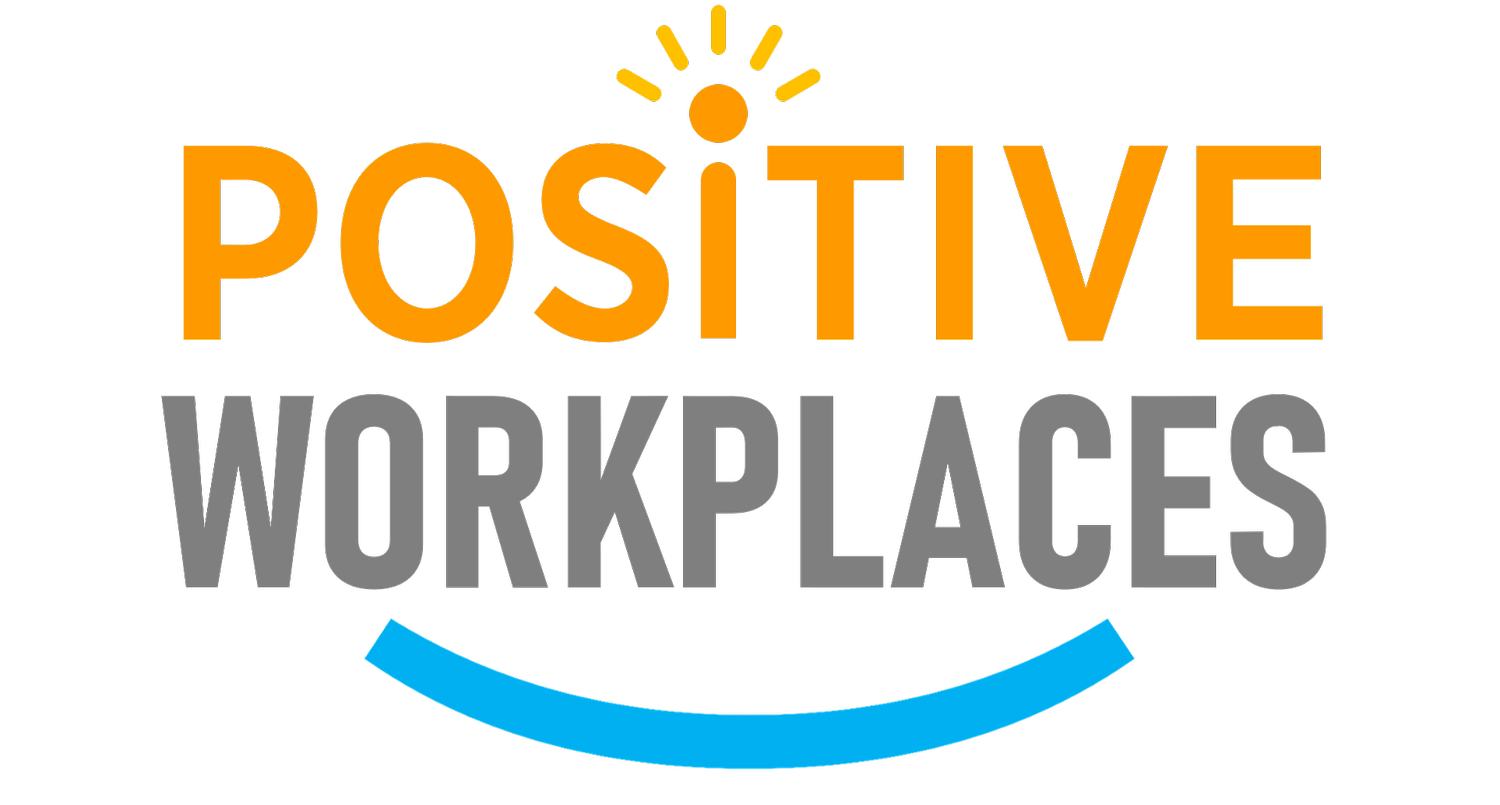How Strategic Planning Helped Me as a Student Leader
By Ico Urbano
Admittedly, the first time I heard of Strategic Planning was during my Positive Workplaces Internship. Being part of many student and youth organizations, I’ve heard of strategy, we plan for our events, we claim that our plans are guided by strategies, but I’ve never heard anyone utter the term “Strategic Planning” until then.
According to Youth and Environment Europe (n.d),
“Youth organizations often suffer from high turnover rate with volunteers and employees coming and leaving regularly in an already fast changing environment. New people bring new ideas, which is very valuable, but at the same time it can result in a lack of direction and long term goals in the organization.”
The author makes this claim in recognition of the fact that youth organizations often falter at long-term direction and goal setting. A problem which the author posits can be fixed by strategic planning. This is not the only observation they make, they claim that through strategic planning, youth organizations can also foster better communication, a shared vision, and simplified decision making.
Supplementing this claim, in an article by Youth Collaboratory (2019), it is asserted that strategic planning in youth organizations, if done correctly, can help make the organization more sustainable and relevant. Thus, through these articles, we can deduce that a lot of student and youth organizations greatly benefit from the utilization of strategic planning.
I believe that this is a claim which no one will refute, thus, I wanted to dig a little deeper. More than a pathway to a better organization, how can strategic planning help one to become a better student leader? Through my own experiences, I shall answer this in three succinct claims.
1. It has helped me stay grounded in my advocacies
According to AchieveIt (n.d), “Without [a] mission and vision, the [strategic planning process] exists in a vacuum”. In addition, they add that “values are also important to the strategic planning process as they provide the organization with a touchstone for developing appropriate strategies and tactics”. These three are all integral parts of a strategic plan.
A lot of times, I have tunnel-visioned my way into achieving something expected of me. Sometimes losing track of our vision, mission, and values just to get something done. Strategic Planning has helped me remember that if we do not set our foundation correctly, then what we build upon it will crumble. If we lose track of why we started in order to achieve gains, then what are we working towards?
2. It has helped me to become an organized idealist
According to Palmer (2019) “[an organization] needs to respond to market fluctuations and it needs to make customers happy.” Thus, the organization must create effective organizational objectives and functional objectives to ensure that these prerequisites are met.
I’ve always been one to stray away from audacious goals in fear that we will not attain them and be embarrassed in the process. I consider myself to be an idealist, but not when it comes to matters pertaining to the organizations which I am a part of. This is because early on, I would be the type to recommend audacious goals without the proper steps on how to achieve these goals. Through strategic planning, I have taught myself that it is okay to be an idealist, as long as you have the proper means and resources to get there.
3. It has helped me realize the importance of putting forward various strategies in order to make sustainable gains in our goals
Porter (1987) posits that “corporate strategy is what makes the corporate whole add up to more than the sum of its business unit parts”. Thus, the corporate strategies are a useful tool to ensure that the functions of the organization are working towards the set objectives of the organization.
I’ve always believed myself to be a good problem solver, but not a good planner. Thus, my planning has always been too one-tracked. Through strategic planning, I have been able to grasp the importance of setting various strategies in order to avoid problems and issues that would later on need to be fixed.
Want to know more about how you can utilize strategic planning in your respective organizations and companies? Sign up in our Strategic Planning Course through HERE
References:
The link between mission, vision, and Strategy - ACHIEVEIT. (n.d.). Retrieved from https://www.achieveit.com/wp-content/uploads/2014/02/The-Link-Between-Mission-Vision-and-Strategy.pdf
Palmer, J. (2019, November 15). Organizational objectives in Strategic Planning. Small Business - Chron.com. Retrieved from https://smallbusiness.chron.com/organizational-objectives-strategic-planning-10034.html
Porter, M. E. (1987, May). From competitive advantage to corporate strategy. Harvard Business Review. Retrieved from https://hbr.org/1987/05/from-competitive-advantage-to-corporate-strategy
Strategic planning - how youth service programs stay relevant & sustainable: Youth collaboratory. Strategic Planning - How Youth Service Programs Stay Relevant & Sustainable | Youth Collaboratory. (2019, February 13). Retrieved from https://www.youthcollaboratory.org/resource/strategic-planning-how-youth-service-programs-stay-relevant-sustainable
STRATEGIC PLANNING FOR YOUTH ORGANISATIONS. (n.d.). Retrieved from https://yeenet.eu/wp-content/uploads/2018/12/STRATEGIC-PLANNING-GUIDE.pdf










